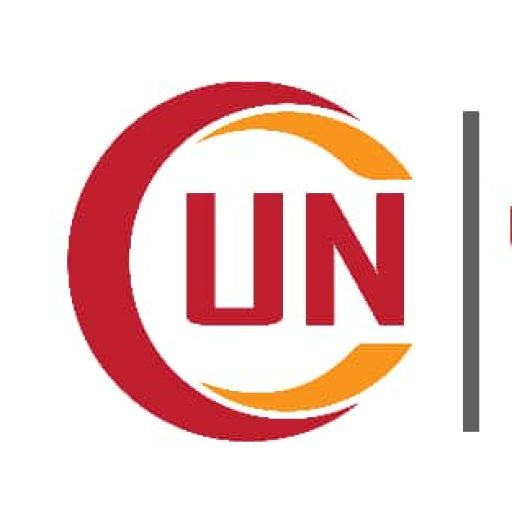KAMPALA, Uganda– The Hi-Innovator Program, a collaborative initiative between the National Social Security Fund (NSSF) and Mastercard Foundation and Outbox Uganda has exceeded its job creation targets, with a total of 202,323 jobs created between 2020 and 2025 well above the initial goal of 132,000.
The results of the impact study, conducted by research firm IPSOS, were officially unveiled on Monday at a high-profile event held at Sheraton Kampala Hotel, where key stakeholders, partners, and beneficiaries gathered to reflect on the program’s achievements and next steps.
Patrick Ayotta, Managing Director of NSSF Uganda, hailed the results as a testament to the potential of local solutions to address national challenges.
“The beauty of Hi-Innovator is just us as Ugandans trying to find a solution for our own problems. A lot of people just want a little support, a little help around them, and they’ll thrive,” he said.
Launched in 2020, the Hi-Innovator Program was designed to provide funding and business development support to young Ugandan entrepreneurs and small growing businesses (SGBs), helping them scale, employ others, and ultimately contribute to the national social security scheme through job creation.

According to Linda Nsabagwa, Senior Research and Evaluation Executive at IPSOS Uganda, the program significantly exceeded expectations.
“The survey indicated that a total of 202,323 jobs have been created far beyond the target of 132,000 jobs originally set,” she said.
“The program has also made notable progress in areas such as access to finance, business education, and support for women-led enterprises.”
While acknowledging the success, Nsabagwa also pointed out that areas like direct job creation by the businesses themselves and NSSF compliance still need improvement.
The program has funded 438 early-stage businesses, most of which are thriving, according to the NSSF. These startups have collectively contributed over UGX 1.7 billion in savings to the NSSF from young people now employed in formal work.

“We were very selfish. We wanted to create members. And the way to create members is to create jobs. So someone finds a job, enrolls with NSSF, and begins to contribute.”
With the first phase deemed a success, the program is now extending through to 2030, with plans to fund up to 1,000 startups.
To support businesses through the critical stages of growth, the next phase will focus on building stronger support ecosystems through innovation hubs, like Outbox, and introducing a larger fund to enable startups to scale even further.
“Sometimes, to help a business survive beyond its first or second birthday, you need to put a support system arounitit. We are now setting up a fund where a business that started with maybe $20,000 can now access $100,000 as it grows,” he added.
According to IPSOS, the Hi-Innovator Program created 202,323 jobs, achieving 153% of its overall target. However, it fell short on women’s employment, with only 31,990 women employed just 35% of the 92,400 target.
The majority of jobs were in agriculture (22%), followed by trade (17%), health and finance (10% each), education (8%), digital economy (7%), creative industries (6%), and manufacturing (5%).
























